Iasi - Romania
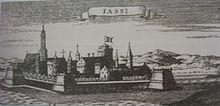
Iași is the second largest city in Romania and the seat of Iași County. Located in the historical region of Moldavia, Iași has traditionally been one of the leading centres of Romanian social, cultural, academic and artistic life. The city was the capital of the Principality of Moldavia from 1564 to 1859, then of the United Principalities from 1859 to 1862, and the capital of Romania from 1916 to 1918.
Known as The Cultural Capital of Romania, Iași is a symbol in Romanian history. The historian Nicolae Iorga said "There should be no Romanian who does not know of it". Still referred to as The Moldavian Capital, Iași is the main economic and business centre of the Moldavian region of Romania. In December 2018, Iași was officially declared Historical capital of Romania.
At the 2011 census, the city proper had a population of 290,422 (making it the fourth most populous in Romania at the time). With 474,035 residents (as of 2015), the Iași urban area is the second most populous in Romania (after Bucharest), whereas more than 500,000 people live within its peri-urban area.
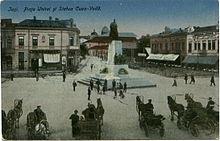
Home to the oldest Romanian university and to the first engineering school, Iași is one of the most important education and research centres of the country, and accommodates over 60,000 students in 5 public universities. The social and cultural life revolves around the Vasile Alecsandri National Theater (the oldest in Romania), the Moldova State Philharmonic, the Opera House, the Iași Athenaeum, a famous Botanical Garden (the oldest and largest in Romania), the Central University Library (the oldest in Romania), the high quality cultural centres and festivals, an array of museums, memorial houses, religious and historical monuments. The city is also known as the site of the largest Romanian pilgrimage which takes place each year, in October.
Iași is home to many museums, memorial houses, art galleries.
First memorial museum from Romania opened in Iași in 1918, as the Ion Creangă Memorial House, and today the Iași Romanian Literature Museum owns fourteen memorial houses. The Mihai Eminescu Museum, situated in Copou Park, is dedicated to the great poet’s life and creation; other museums are dedicated to: Dosoftei, Mihail Kogălniceanu, Vasile Pogor, Nicolae Gane, Petru Poni, Mihai Codreanu, Mihail Sadoveanu, George Topîrceanu, Otilia Cazimir, Radu Cernătescu, Cezar Petrescu, Dimitrie Anghel.
The Theatre Museum, opened in 1976, at the celebration of 160 years since the first theatrical performance in Romanian, illustrates the development of the theatrical phenomenon since the beginning, important moments of the history of Iași National Theatre, the foundation, in 1840, of the Philharmonic-dramatic Conservatoire, prestigious figures that have contributed to the development of the Romanian theatre.

The Union Museum, includes original pieces and documents which belonged to prince Al. I. Cuza and his family.
The Natural History Museum, founded on 4 February 1834, is the first museum of this kind in Romania with over 300,000 items, the most valuable being the collections of insects, mollusc, amphibians, reptiles, birds, plants and minerals.
Four other museums are located in the Palace of Culture: with its roots dating back to 1860, the Iași Art Museum is the oldest of its kind in Romania,[65] and, with more than 8,700 works (many of them belonging to the universal patrimony), has the largest art collection in the country; the Moldavia's History Museum, offers more than 48,000 objects from various fields, archaeology, numismatics, decorative art, ancient books, documents; the Ethnographic Museum of Moldavia owns more than 13,000 objects depicting the Romanian advance through the ages; the Science and Technology Museum's collection has more than 11,200 objects in five distinct sections and one memorial house.[66]
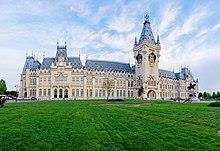 |
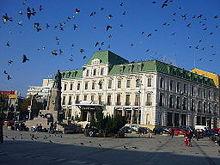 |
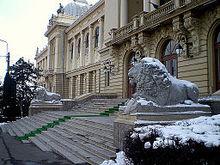 |
